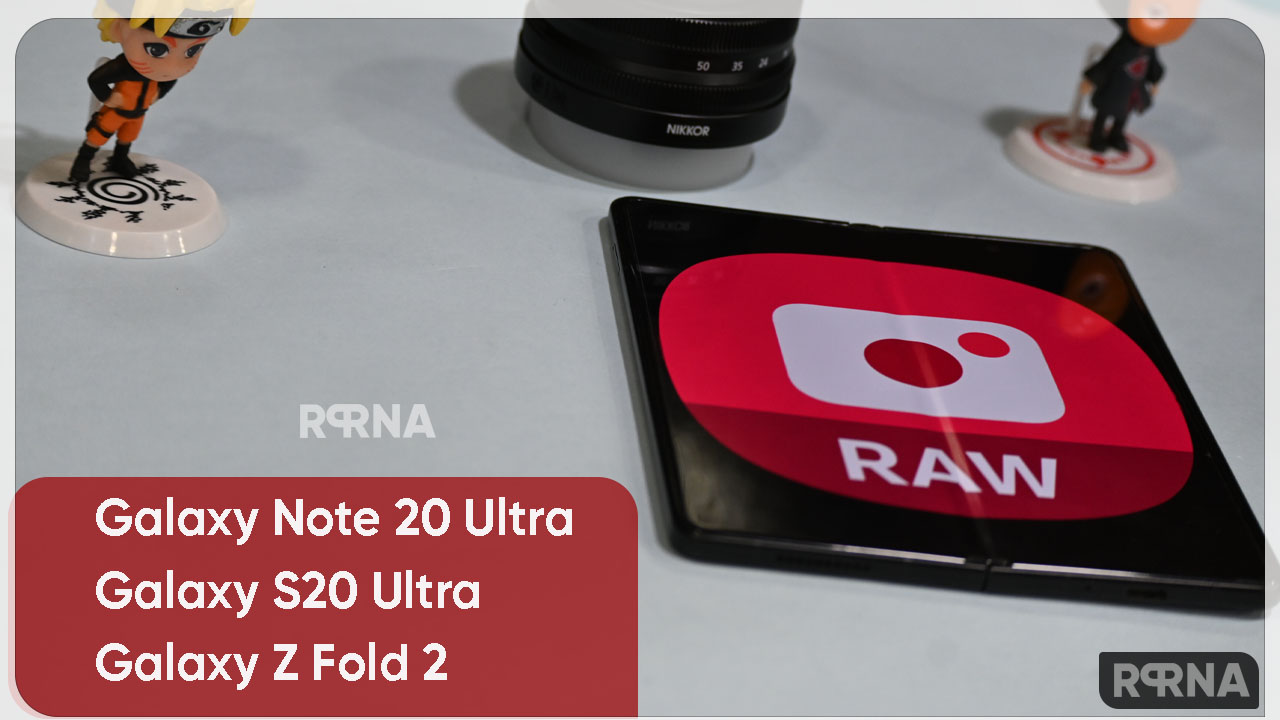Samsung Galaxy S20 Ultra is equipped with a 120Hz refresh rate twice as fast as a normal smartphone display with a 60Hz refresh rate. It also has a massive 5000mAh battery.
Read Next: How to get the best from Samsung Galaxy S20 camera
In the Galaxy S20 Ultra 120Hz vs 60Hz battery drain test by Phonearena. The publisher used Samsung’s Exynos 990 version of the Galaxy S20 Ultra and tested with “optimized” battery mode and 1080p screen resolution. The 120Hz refresh rate is currently not available on the 1440p screen resolution.
Samsung Galaxy S20 Ultra battery test: The test results are as follows:
- Samsung Galaxy S20 Ultra 60Hz test results: 12 hours and 23 minutes
- Samsung Galaxy S20 Ultra 120Hz test results: 10 hours and 2 minutes
- Samsung Galaxy Note 10+: 11 hours and 37 minutes
- Samsung Galaxy S10+: 10 hours and 33 minutes
- Apple iPhone 11 Pro Max: 12 hours and 53 minutes
As you can see from the battery test results, there is a big difference between 120Hz and 60Hz, not only in terms of fluency but also in the impact on battery life.
When the Galaxy S20 Ultra uses a 60Hz display, it is one of the best mobile phones, but if you switch to 120Hz, the battery life will be reduced by 2 hours and 20 minutes, which means, when you switch to 120Hz refresh rate, the battery life will be shortened nearly 20%.
The Galaxy S20 Ultra has managed to deliver a longer battery life than the Galaxy Note 10+ and the Galaxy S10+, but it falls slightly short of the iPhone 11 Pro Max in the battery test.
The 120Hz refresh rate will bring huge benefits to gamers, allowing them to react faster, but there are still many games that do not yet support the new 120Hz option. One thing to understand is that the 120Hz refresh rate is mostly ineffective when watching videos because almost no video supports 120fps.
Thanks, Phonearena!
Quick question: Do you think the Galaxy S20 Ultra is expensive?










